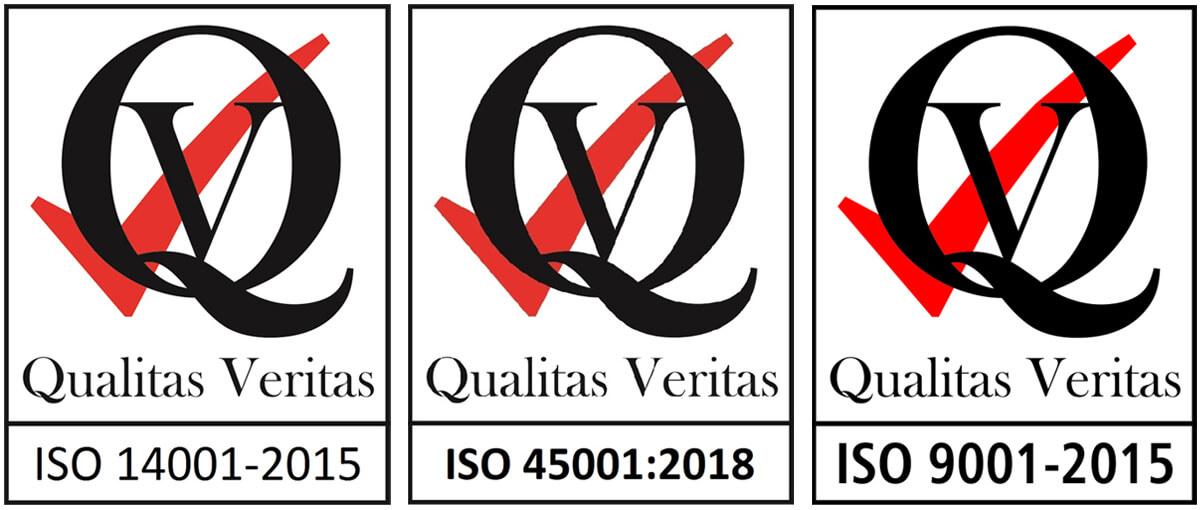Understanding Solar Energy and Its Impact on Earth
Harnessing the Power of the Sun
The sun is a colossal ball of plasma at the heart of our solar system. It is an abundant source of energy that has been radiating light and heat for billions of years.
Understanding the sheer magnitude of the energy the sun gives off and how much of it reaches Earth is essential for comprehending the potential of solar power as a sustainable and renewable energy source.
Solar Energy Output
There is no other way of describing it, the sun is an astronomical powerhouse. Emitting an astonishing amount of energy every second. This energy is produced through nuclear fusion in its core, where hydrogen atoms combine to form helium, releasing an immense amount of heat and light in the process. The sun’s energy output is estimated to be around 384.6 yottawatts (1 yottawatt = 1 trillion gigawatts).
Solar Flux and Earth’s Energy Budget
The solar flux, or the amount of solar energy that reaches a unit area in space, is crucial in understanding how much of the sun’s energy Earth receives. At a distance of about 93 million miles from the sun, Earth intercepts a small fraction of the sun’s total energy output. This intercepted energy is known as the solar constant and is approximately 1361 watts per square meter.
Despite being a minuscule fraction of the sun’s total output, the solar constant is more than sufficient to power our planet. Earth’s energy budget is a delicate balance between incoming solar radiation and outgoing thermal radiation, which helps maintain the relatively stable climate and temperature conditions necessary for life.
Solar Irradiance and Photovoltaic Power
Solar irradiance refers to the power per unit area received from the sun in the form of electromagnetic radiation. On Earth’s surface, the average solar irradiance is around 250 watts per square meter, taking into account factors such as day-night cycles, atmospheric conditions, and geographical location.
Solar Panels using photovoltaic (PV) technology is designed to harness solar irradiance and convert it into electricity. Solar panels, composed of semiconductor materials, generate electrical current when exposed to sunlight. The efficiency of solar panels has improved over the years, with modern panels converting around 15-20% of sunlight into electricity.
Global Solar Energy Potential
The global solar energy potential is immense, offering a clean and sustainable alternative to traditional fossil fuels. While not all regions receive the same amount of sunlight due to variations in climate and latitude, advancements in solar technology, coupled with improved energy storage solutions, are making solar power an increasingly viable and widespread energy source. And it is important to understand that for solar panels to work, they don’t need sunlight, they need daylight to generate electricity. In Scotland and England we have more than enough daylight to make solar panels a real option for businesses that want to reduce their energy bills.
The sun, with its staggering energy output, is a boundless source of power that holds the key to a sustainable and renewable energy future. Understanding the dynamics of solar radiation and its interaction with Earth is essential for maximising the harnessing of solar energy. As technology continues to advance, solar power stands as the best real world option for businesses to embrace a cleaner, greener future.
And that is why, at Low Energy Services, we are so passionate about solar panel installations. We understand the truly mighty energy forces that the sun emits and we know how much benefit that solar panels can bring to businesses.
So if you have been thinking of switching your business to solar panels and would like to know more, then get in touch.






 Renewable Energy Specialists
Renewable Energy Specialists










